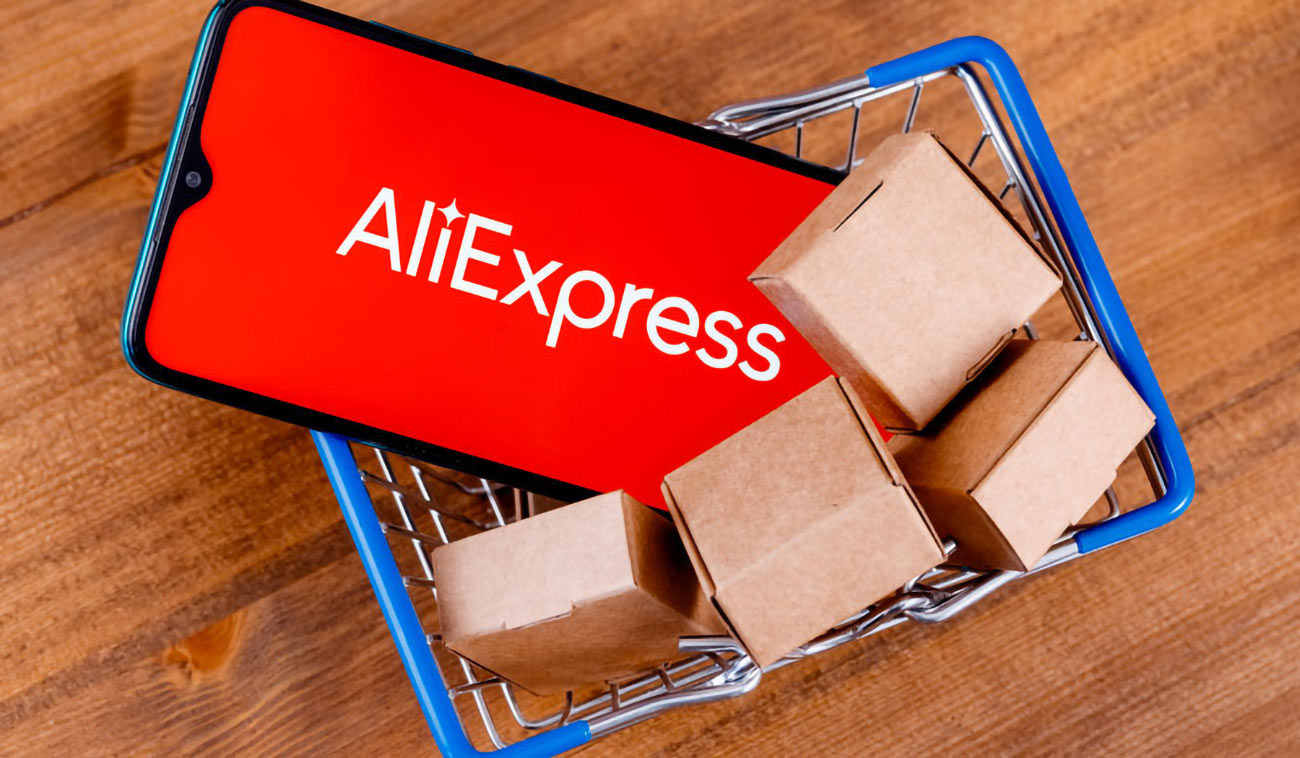Are multi-buy discounts always better than single-item coupons?

In today’s fast-paced shopping environment, consumers are constantly looking for ways to save money while getting the best value for their purchases. One of the most popular strategies employed by retailers to entice customers is offering discounts, especially in the form of multi-buy discounts and single-item coupons. But are multi-buy discounts always better than single-item coupons? In this article, we will delve deep into both options, examining their pros and cons to help you make an informed decision the next time you’re faced with these choices.
Understanding Multi-Buy Discounts
Multi-buy discounts are promotions that provide customers with a reduced price when they purchase more than one item. This pricing strategy is often used in grocery stores, retail outlets, and e-commerce platforms. The idea is simple: the more you buy, the more you save. But what are the intricacies behind this discount type?
How Multi-Buy Discounts Work
Typically, multi-buy discounts are structured in a few common formats:
- Buy One, Get One Free (BOGO): Purchase one item at full price and receive another item for free.
- Percentage Off for Multiple Items: For instance, buy three items and get a 20% discount on the total price.
- Tiered Pricing: The more items you purchase, the greater the discount, such as buy two items for $10 each, three for $8 each, etc.
These discounts can significantly impact consumer behavior. Often, shoppers are lured into buying more than they originally intended, believing they are saving money.
Advantages of Multi-Buy Discounts
- Immediate Savings: The most apparent advantage is the cost savings. Purchasing in bulk often lowers the per-item price.
- Encourages Purchasing More Products: If you already like the product, a multi-buy discount can further encourage you to stock up.
- Convenience: Buying in larger quantities can mean less frequent shopping trips, saving you time in the long run.
Potential Drawbacks of Multi-Buy Discounts
- Over-Purchasing: Shoppers may buy more than they need, leading to waste and potential dissatisfaction if they cannot consume the products before they expire.
- Higher Initial Costs: Although the total cost may be lower, the upfront expense can be higher, potentially impacting budgeting.
- May Not Suit Everyone: Some consumers might not have the financial leeway to purchase multiple items at once, making such discounts irrelevant to them.
The Appeal of Single-Item Coupons
On the other hand, single-item coupons offer a straightforward discount on the purchase of a specific item, often portrayed as an “instant savings” opportunity. These coupons can come in various forms, including digital codes, physical coupons, or promotional discounts applied at checkout.
How Single-Item Coupons Function
Single-item coupons generally provide a fixed discount or percentage off one specific item. For example:
- $1 Off: A coupon that reduces the price of a specific item by $1.
- 20% Off: Applies a percentage discount to one item’s price.
- Loyalty Coupons: Discounts offered to repeat customers or subscribers on their favorite products.
Advantages of Single-Item Coupons
- Cost-Effective: Ideal for budget-conscious shoppers who only want to purchase one item.
- Less Risk of Waste: There’s no pressure to buy additional items that may go unused.
- Immediate Reduction of Price: Instant savings on the checkout amount without the need for bulk purchasing.
Potential Drawbacks of Single-Item Coupons
- Limited Benefit: Savings are often less significant compared to multi-buy discounts, especially if you purchase items frequently.
- Encourages Impulse Buying: Coupons can lead to buying items purely because they are discounted, rather than out of necessity.
- Expiration Dates: Many coupons have short validity periods, which can result in lost savings if you forget to use them.
Comparative Analysis: Multi-Buy Discounts vs. Single-Item Coupons
Now that we have explored both multi-buy discounts and single-item coupons, it’s time to weigh their benefits against each other. Understanding which option is more beneficial depends on a variety of factors that can influence a shopper’s decision-making process.
Cost Efficiency
When it comes to cost efficiency, multi-buy discounts generally provide higher savings on a per-item basis. However, single-item coupons can be more suited for individuals who do not want to commit to buying multiple items. To make an informed choice, ask yourself:
- How often will I use these products?
- Am I comfortable spending more now for long-term savings?
Shopping Habits
Your shopping habits play a crucial role in deciding between the two discount types. Frequent shoppers may benefit more from multi-buy discounts, as they can stock up on preferred items while saving money in the long run. Conversely, occasional shoppers may find single-item coupons more beneficial. Consider the following:
- Do I often buy items in bulk?
- Am I loyal to specific brands or products?
Value of the Product
The type of product you are considering also significantly influences your decision. Perishable goods, for example, might not warrant a multi-buy discount if you cannot consume them before they spoil. In contrast, non-perishable items or frequently used products are usually ideal for bulk purchasing. Reflection on these points can clarify your choice:
- Is the item perishable or non-perishable?
- How often do I use or need this product?
Your Financial Situation
Financial considerations are paramount when deciding on purchasing strategies. Multi-buy discounts require a greater upfront investment, which might not be feasible for everyone. Single-item coupons allow for smaller spending without the pressure of purchasing more than necessary. Evaluating your budget relative to your purchasing desires can greatly influence your shopping decisions. Ask yourself:
- Can I afford to buy items in bulk right now?
- Would single savings fit better into my current budget?
When to Choose Multi-Buy Discounts
Despite the potential drawbacks, there are specific situations where multi-buy discounts shine:
- Non-Perishable Items: If you are purchasing items that do not expire, such as cleaning supplies or canned goods, multi-buy options can lead to substantial savings.
- Sale Events: During sales promotions, you may find that bulk discounts offer incredible savings compared to individual coupons.
- Habitual Buyers: If you consistently buy a specific product, investing in a multi-buy discount can pay off significantly.
When to Opt for Single-Item Coupons
There are also scenarios in which single-item coupons are the smarter choice:
- Unique or New Products: When trying new products, using a coupon can minimize risk.
- Bigger Variety: If you enjoy multiple brands or types of products, coupons allow you to mix and match without the commitment of bulk buying.
- Manageable Budget: If your budget is tight and you want to limit spending, coupons can help you save on the specific items you need.
Final Thoughts
Ultimately, whether multi-buy discounts or single-item coupons are better for you will depend on your purchasing behavior, financial situation, and product preferences. Each discount type offers its own set of advantages and disadvantages, making it essential for consumers to evaluate their unique circumstances. The next time you encounter these discount strategies, understanding their implications can empower you to make smarter shopping decisions and save money in the process. Happy shopping!

LINK:
When it comes to choosing between multi-buy discounts and single-item coupons, the best option largely depends on your shopping habits and needs. Multi-buy discounts can lead to significant savings if you intend to purchase several items; however, they might not be beneficial if you only need one product. Single-item coupons offer flexibility and savings on specific purchases, which can be more advantageous for infrequent shoppers. Carefully assess your needs and compare the total prices to determine the most cost-effective option. Ultimately, it’s about finding the balance that works best for your budget and shopping preferences.
FAQ
What are multi-buy discounts?
Multi-buy discounts are promotional offers that provide a reduced price when customers purchase multiple items simultaneously. For example, if a product is priced at $10 each, a multi-buy offer might reduce the price to $8 each when you buy three or more.
What are single-item coupons?
Single-item coupons are discounts that apply to a specific product, allowing a customer to get a price reduction on just one item. For instance, a coupon might give you $2 off a single item, regardless of the quantity purchased.
When are multi-buy discounts more advantageous?
Multi-buy discounts become more advantageous when you need multiple quantities of the same product. If you often use a particular item, buying in bulk can lead to greater savings over time. Moreover, if the product has a long shelf life, you can stock up without wasting money.
When are single-item coupons more beneficial?
Single-item coupons are often more beneficial for shoppers who do not require multiple quantities of a product. If you’re only looking for a specific item, these coupons allow for savings without needing to spend more on extra products that you might not need.
How can I decide which discount type to use?
To decide between multi-buy discounts and single-item coupons, consider your shopping habits. Calculate the total cost for both options based on your intended purchases, and weigh the savings against factors such as necessity and overall budget. This will help you determine which option is more cost-effective for your situation.


